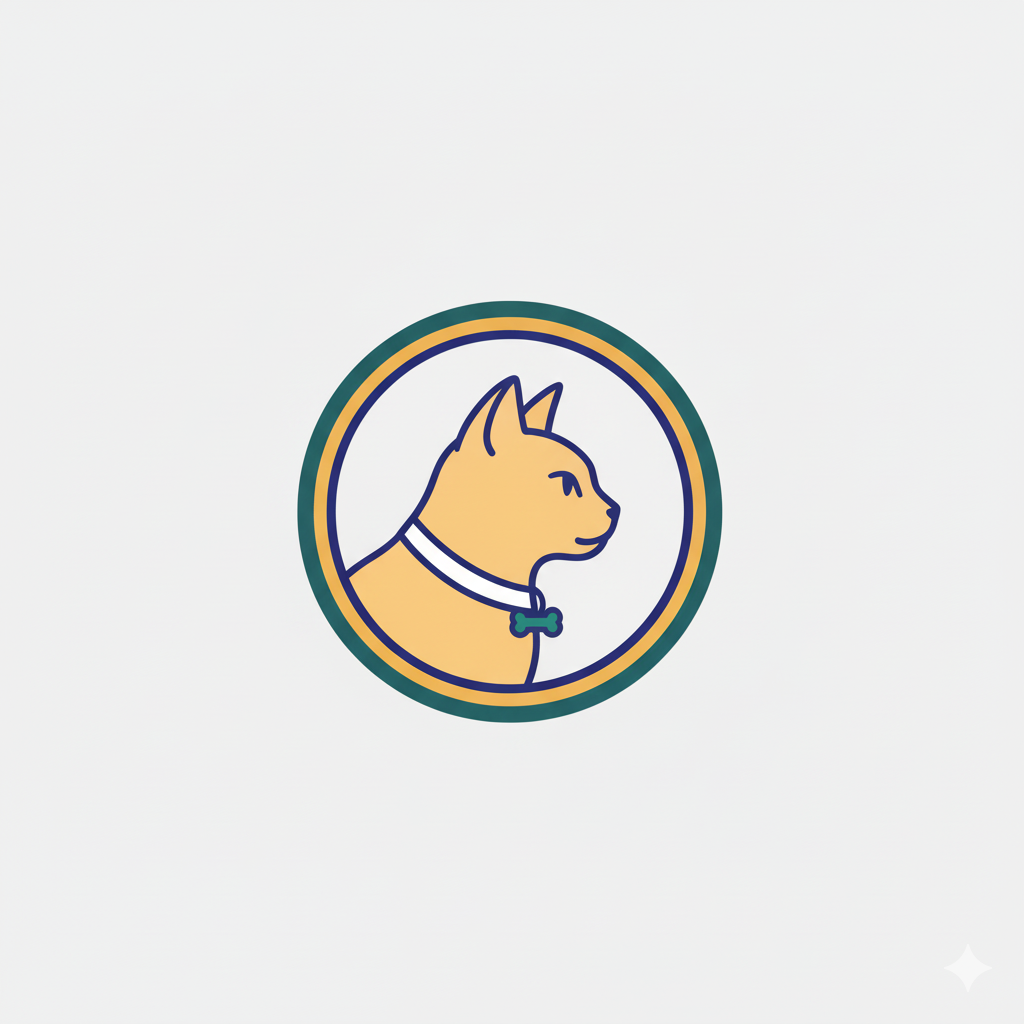Defining Characteristics of British Dog Breeds
British dog breeds share distinctive physical characteristics that reflect their origins and purposes. Many exhibit a robust build with dense coats designed to withstand the often damp and chilly British climate. For example, breeds like the Border Collie and the English Setter have thick fur to protect them during outdoor work in fields and rough terrain. Their size varies, but most maintain a balance between agility and strength, suited to hunting, herding, or companionship.
When considering temperament, British dog breeds commonly display intelligence, loyalty, and a strong work ethic. Their behavioral tendencies often lean towards being alert and responsive, traits essential for roles such as herding sheep or guarding properties. The affectionate and sometimes reserved nature of breeds like the Cavalier King Charles Spaniel contrasts with the energetic, problem-solving Border Terrier, illustrating the diversity within British dog breeds.
Additional reading : Why Are Dogs the Ideal Companions for Various Lifestyles?
The influence of Britain’s geographic and climatic conditions has steered the development of these characteristics. Harsh weather and varied landscapes have shaped breeds to be resilient, adaptable, and versatile. Understanding these unique traits helps owners appreciate the breed’s heritage and needs, guiding better care and training practices.
Historical Development and Origins
British dog history reflects a rich tapestry of breed origins shaped by centuries of human needs and environmental influences. Many British dogs originated as working dogs, bred for tasks such as herding, hunting, and guarding. These roles dictated selective breeding practices aimed at enhancing specific traits like intelligence, stamina, and temperament.
Have you seen this : How Can You Identify Rare Breeds of Dogs in the UK?
The breed evolution of British dogs closely ties to regional demands. For example, tougher terrains favored resilient breeds, while others were refined for agility or strength. This purposeful selection helped develop distinct breeds tailored to local landscapes and tasks, ensuring effectiveness and reliability.
The legacy of British dogs is evident in many modern breeds that retain characteristics inherited from their historical counterparts. Their versatility and specialized functions contributed significantly to the diversity of dog breeds worldwide. Understanding the breed origins of British dogs offers insight into how human activity influences canine development over time.
By examining the evolution from utilitarian working dogs to beloved companions, we appreciate the deep-rooted connection between British dogs and their roles in society. This history not only informs current breeding but also helps maintain the integrity of these breeds for future generations.
Notable Examples of Distinct British Dog Breeds
British dog breeds stand out for their unique characteristics and historic roles. The Bulldog is iconic, known for its sturdy build and distinctive wrinkled face. Originally bred for bull-baiting, it now embodies a gentle companion with remarkable loyalty. Border Collies, celebrated for their intelligence and unrivaled herding skills, excel in agility and obedience, making them exceptional working dogs.
Beyond these, British Terriers offer a variety of specialized traits. Breeds like the Staffordshire Bull Terrier marry strength with affection, displaying both courage and friendliness. Others, such as the Bedlington Terrier, are prized for their distinctive appearance and keen hunting abilities.
Several lesser-known British breeds also contribute significantly to the canine landscape. The Otterhound, with its excellent scenting and swimming talents, suits water-related tasks, while the Kerry Blue Terrier showcases a unique coat texture and lively temperament.
These British breeds highlight a spectrum of functions—from rugged work dogs to devoted family pets—demonstrating the diversity and richness of the nation’s canine heritage. Exploring these breeds reveals how form and function intertwine, shaping the character of unique British breeds today.
Distinguishing British Breeds from Others
British vs non-British breeds present distinct differences that influence both appearance and temperament. British breeds are known for their stocky builds and rounded features, traits less common in many non-British breeds, which often display leaner and more angular body shapes. For example, British Shorthairs boast dense coats and large, round eyes, contrasting sharply with the sleek elegance of many foreign breeds.
A key point in British breed uniqueness lies in their temperament. These breeds typically exhibit calm, affectionate, and reserved behavior, making them excellent companions suitable for families seeking a steady, low-maintenance pet. Non-British breeds, such as Siamese or Bengal cats, often have more active and vocal personalities, demanding different levels of interaction and care.
When considering breed selection, understanding these comparative differences empowers potential owners to choose a pet aligned with their lifestyle. British breeds’ distinctive traits—both physical and behavioral—offer advantages for those who value companionship with a balance of quietude and amiability, setting them apart decisively from non-British breeds. This nuanced understanding can aid prospective owners in making informed decisions.
Understanding Robot Hoovers: How They Work
Robot hoovers operate using a combination of sensors, algorithms, and cleaning mechanisms to efficiently maintain your floors. At the core, these devices rely on infrared sensors and sometimes LiDAR technology to map out your living space. This mapping helps the robot avoid obstacles, navigate corners, and clean systematically rather than randomly.
Most robot hoovers come equipped with brushes and suction capabilities designed to handle various floor types. Sensors detect changes in surface, allowing the device to adjust suction power when shifting from carpet to hard floors, ensuring thorough cleaning without wasting battery.
Battery life and charging play crucial roles in a robot hoover’s efficiency. Many models automatically return to their charging dock when battery levels are low, resuming cleaning afterward. This feature guarantees that cleaning is completed even in larger homes.
By understanding these key components—mapping, sensors, brushes, and battery management—you can better appreciate how robot hoovers simplify daily cleaning. Choosing one that suits your home’s layout and floor types ensures optimal performance and satisfaction.
